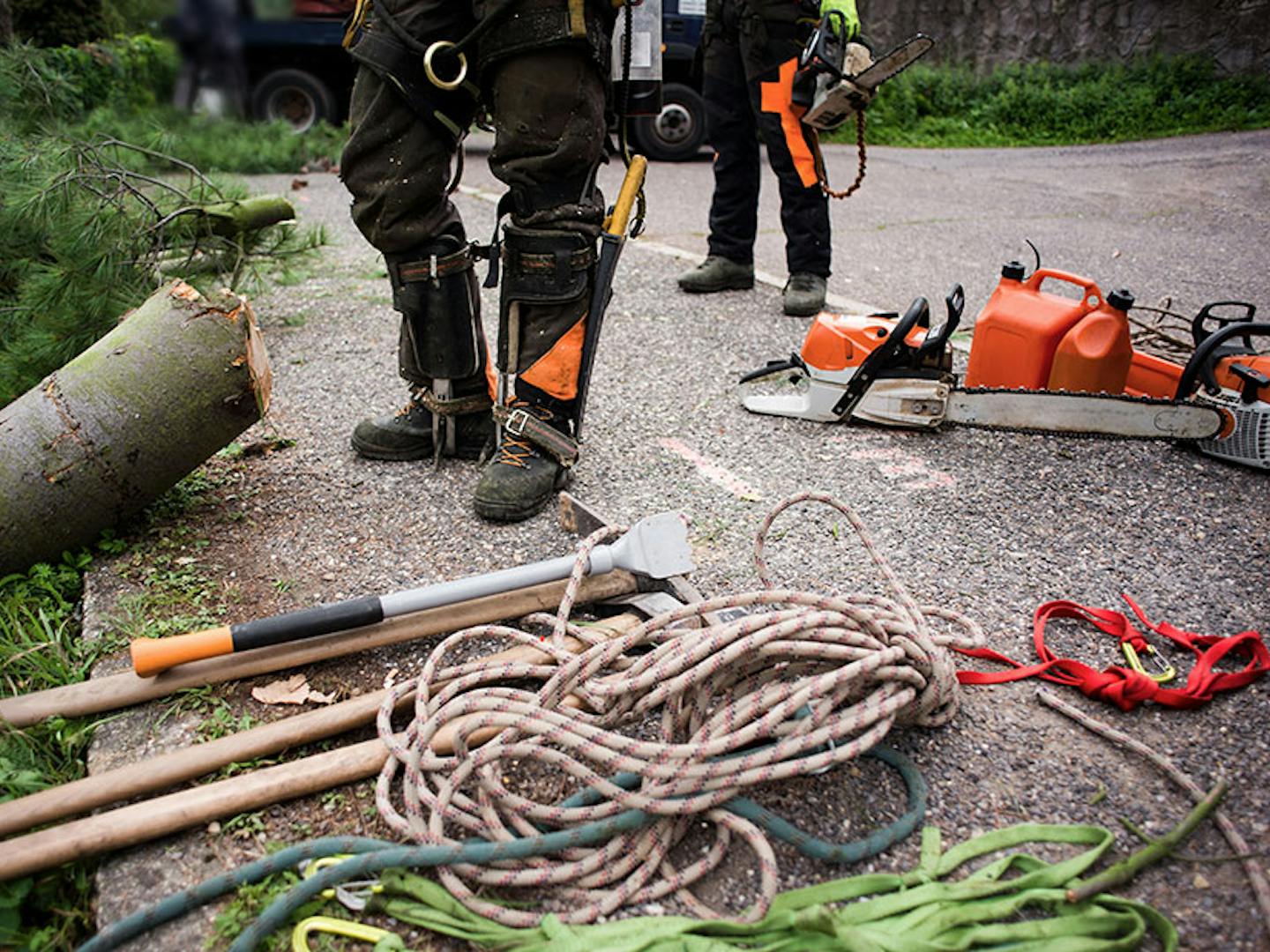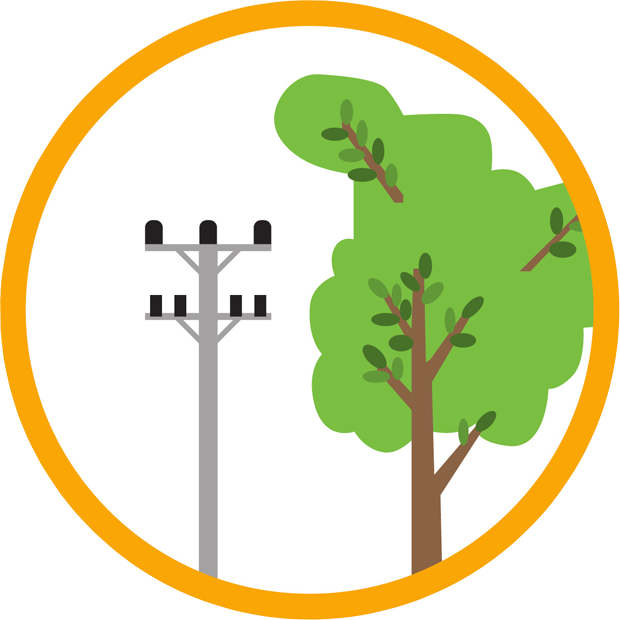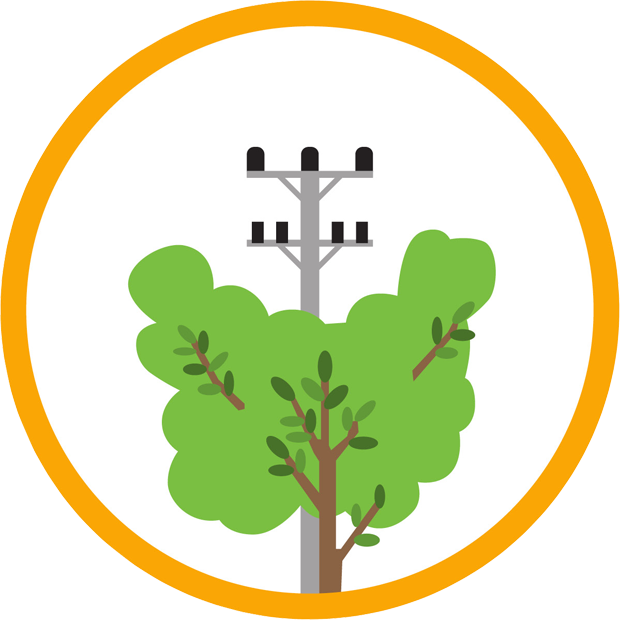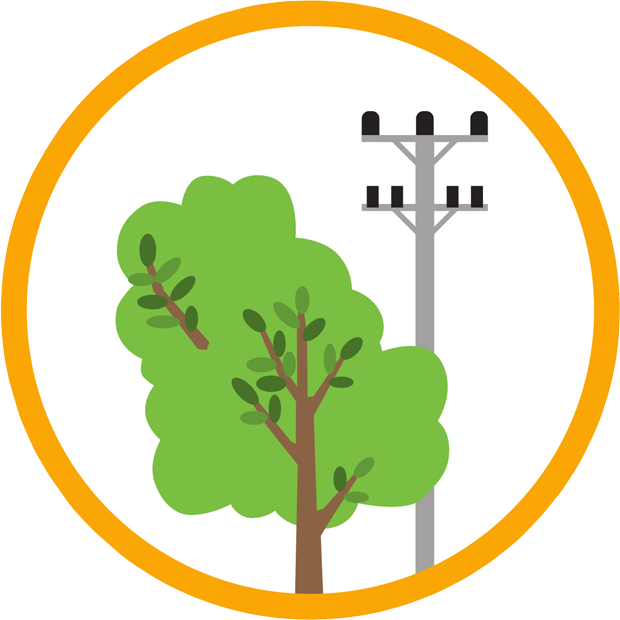
Whether you’re located in the country or along a shady, trees and shrubs add tremendous beauty to our community. However, they’re also the leading cause of power outages. So we must make sure they don’t grow into power lines and equipment, and potentially disrupt service during storms and severe weather.
EPB partners with hundreds of contracted arborists who properly prune trees year-round to keep them healthy, and clear of power lines – so they’ll continue to be a treasured part of our community for generations to come.
Constantly! With thousands of miles of power lines across our service area, we must continually prune in order to keep up with tree growth. In fact, even with dozens of crews working every day, it still takes us 5-6 years to complete a single pruning cycle. Therefore, we must prune tree limbs back far enough so they don’t grow into power lines before we have an opportunity to return to your area.

EPB partners with hundreds of Certified Utility Arborists, who are experts at prunning to National Electrical Safety Code (NESC) standards for safety and energy service reliability. We also have ISA-certified arborists on staff to ensure proper pruning practices are adhered to by all contracted Vegetation Management professionals.
EPB and our contractors use lateral and directional pruning methods, which leave the overall structure of the tree stronger and more resistant to high winds and heavy ice, while directing future growth away from power lines and equipment. These popular prunning methods were developed by the International Society of Arboriculture (ISA), and approved by the National Arborist Association, the National Arbor Day Foundation and the Metro Tree Ordinance.


Used for taller trees if the clearance will be 15 feet above the primary power line.

Employed when high voltage wires run through the middle of a tree’s canopy.

Employed for pruning trees that are growing closely to adjacent power lines.
If you see foliage that could potentially interfere with your power service and would like to request a site survey, or you if have questions about your trees and would like an EPB Energy Pro Arborist to contact you, please submit a request below.
If you see foliage that could potentially interfere with your power service and would like to request a site survey, or you if have questions about your trees and would like an EPB Energy Pro Arborist to contact you, please submit a request below.